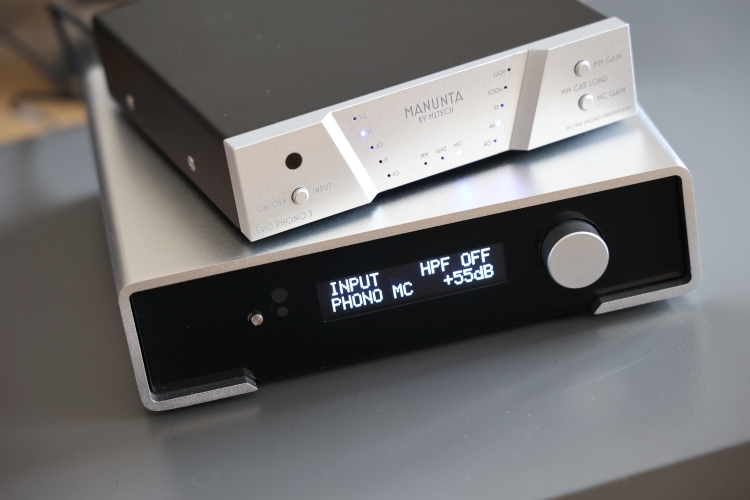
Linear Power Supply
So far, I’ve discussed the two phono preamps using their supplied wall-wart power adapters. While sufficient for the job, they are, of course, not designed for audio purposes. Even so, the M2Tech Nash performed significantly better with the supplied simple wall-wart power adapter than the Manunta EVO Phono 3.
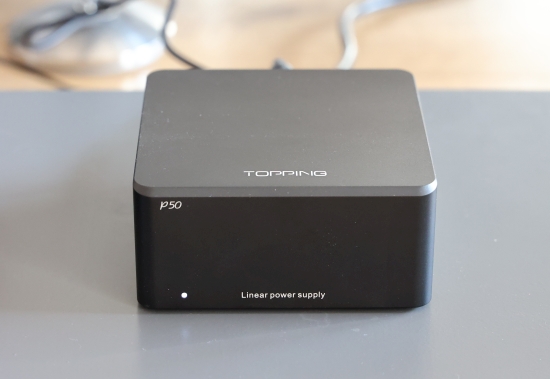
As the Manunta Evo Supply 3 and M2Tech the Van Der Graaf MkII power supplies were unavailable at the time of this review, I was advised to try another aftermarket power supply that outputs 15 Volts using a 5.5/2.1mm barrel jack with positive on tip. So, I purchased a Topping P50, a simple but nice-looking linear power supply with corresponding specifications.
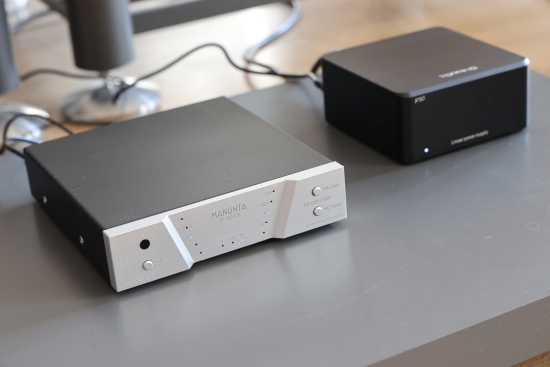
Starting with the Manunta EVO Phono 3, the difference was profound! Now, the phono stage sounded much more robust and full-bodied, with much deeper tonal saturation, wider and deeper soundstaging, topped off, literally, with cleaner and more refined treble. Meanwhile, the linear supply introduced absolutely zero downsides. The sound was still articulate, fast, upbeat, rhythmic, expressive, dynamic, and even more lyrical than before. Gone was the lean and analytical quality, replaced with a sound that, in terms of substance and saturation was now closer to that of the M2Tech Nash when using its supplied Wall-Wart power adapter. When the two preamps were used with the standard wall-wart switching adapters, the M2Tech was clearly better in multiple respects. However, the two move closer with the external linear Topping power supply, although the Manunta stays behind in impact, control, and precision. Holy moly, if a simple 109-euro power supply can already have such a positive influence, imagine what the Manunta and M2Tech power supplies can do.
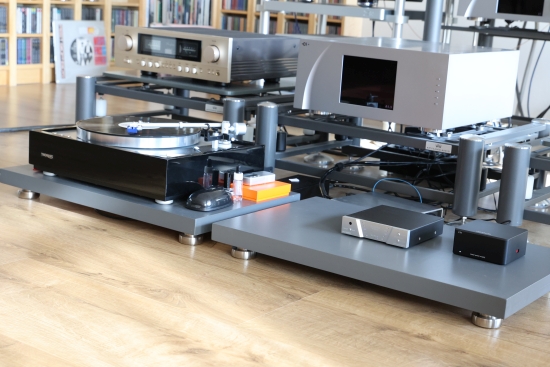
So, what would happen if we used the Nash with the Topping power supply? Sure enough, the Nash also benefits from the better power supply but less so than the Manunta. Where the better PSU almost transforms the Manunta EVO Phono 3, it is more of a “dotting the i’s” for the M2Tech Nash. The latter retains all of its virtues and gains flow, delicacy, treble refinement, air, and, perhaps most importantly, a lusher, more organic nature.
Interestingly, maybe because it is less precise, the Manunta retains a more free-flowing delivery that can work very well when combined with an inherently incisive and precise-sounding turntable/cartridges combination such as the TAS1500 or Audio Technica AT OC9 XSL. Sure enough, my judgment and technical mind are never in doubt as to which phono stage is best, but my heart could sometimes prefer the Manunta’s technically less precise yet emotionally seductive presentation. But it also depends on the record that is played. With ethereal and dreamy soul music such as Lonnie Liston Smith, the Manunta can be ever so soothing. But with electronic or beat-based music, the Nash is a force to behold, making it very hard to return to the EVO Phono 3. As such, the decision between the two is not just one of budget but, in part, also a matter of personal taste or system synergy.
As mentioned, I will revisit these comparisons once I have secured another turntable. I suspect the outcome will be very interesting!
Build Quality
The Manunta EVO Phono 3 offers great build quality, a beautiful milled front panel, and an overall really solid product at the price. The M2Tech offers a larger and heavier enclosure with a nice aesthetic and more functionality. Ergonomically, the Nash takes some getting used to, but its extra functionality is a nice bonus. Rotary encoders are usually a little wobbly; this is normal, but with my sample, the rotary dial on the front scrapes against the bottom of the hole in the thin black plastic insert. While it functions just fine, understandably, the feel is not very smooth, and this takes away a little from an otherwise great visual design.
Conclusion
The Manunta EVO Phono 3 offers great value and performs well, even with its supplied wall-wart power adapter. But when powered with an external linear power supply, it becomes an absolute steal! Then, it attains a portion of its bigger cousin’s body and saturation while retaining its upbeat, enthusiastic, and hugely expressive manners. If it weren’t for the M2Tech Nash, I would have looked no further. But even so, the EVO Phono 3 is the best phono stage I have heard, right up to the Nash’s price point, 1.799 euros.
The M2Tech Nash performs superbly even with the supplied wall-wart power adapter and improves even further when using the external linear power supply. At its price point of 1800 euros, it is the best phono stage I have heard, short of the CH P1 and maybe the Pass Labs XP-17. Based on my experience, you must at least spend double the Nash’s retail price to improve sound quality significantly.
The Manunta EVO Phono 3 offers particularly high value for money, but both phono stages are highly recommended.
Update 01-08-2024
After the new Thorens turntable arrived, I performed additional tests using two different cartridges. To my surprise, the results led me to update my initial conclusion, with the Nash emerging as an even greater victor. Following the stellar results, I decided to keep them both as my personal favorites and to serve as references in their respective price categories.
Read all about it in part 2!
Manunta EVO Phono 3 and M2Tech Nash – Round 2

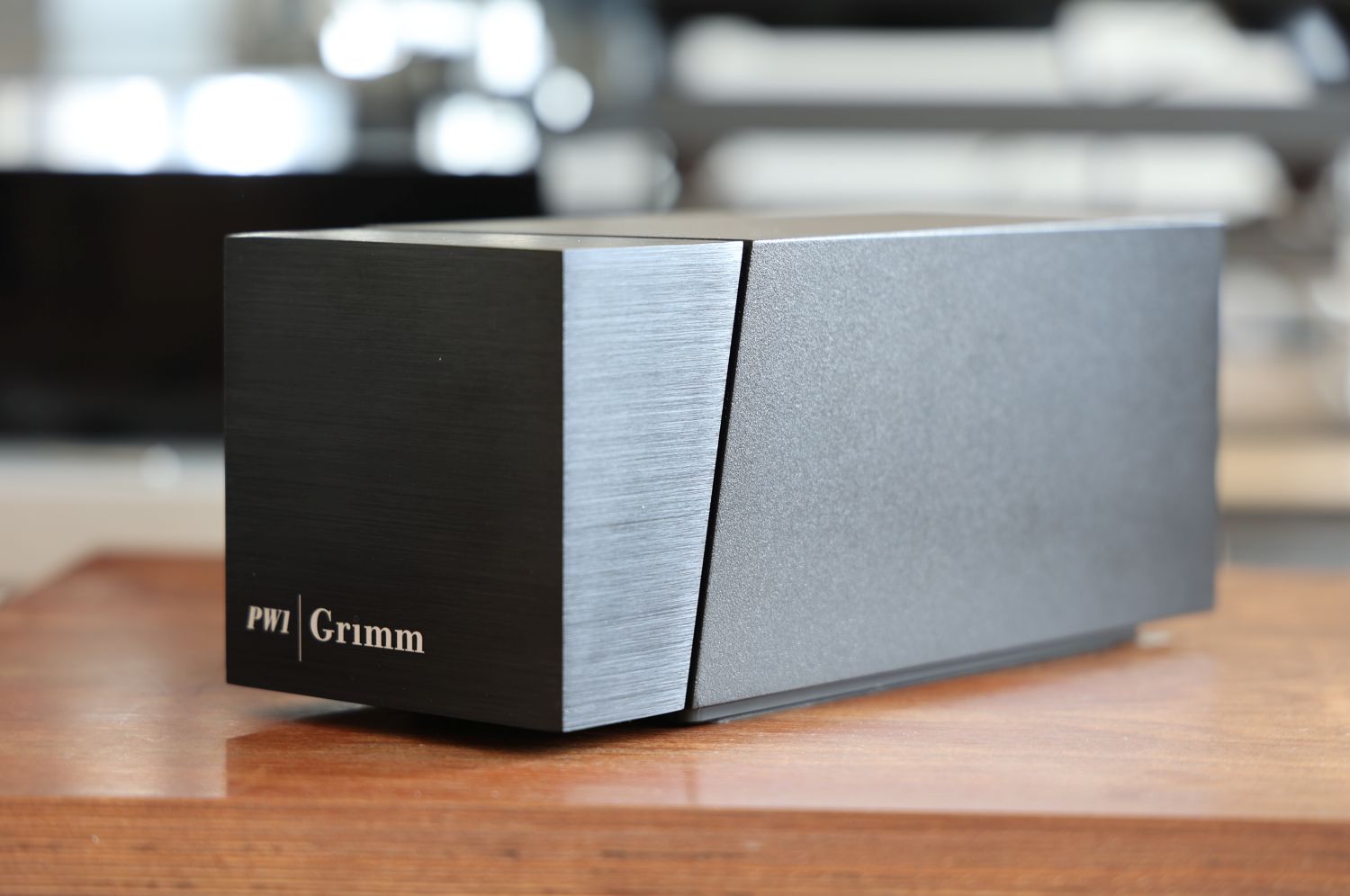
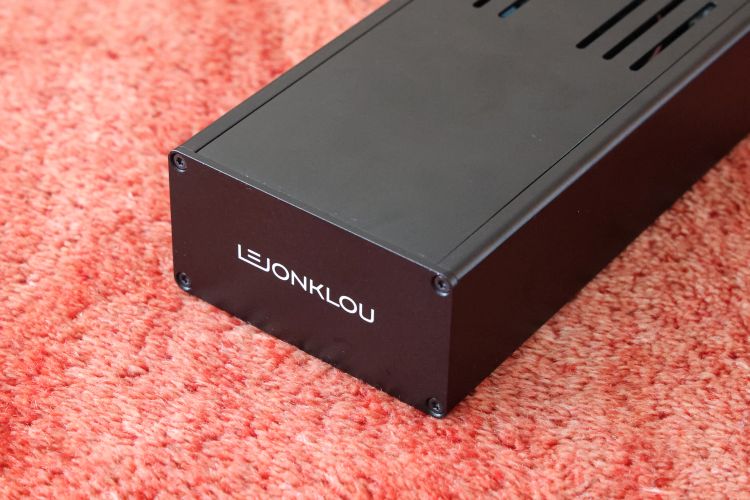
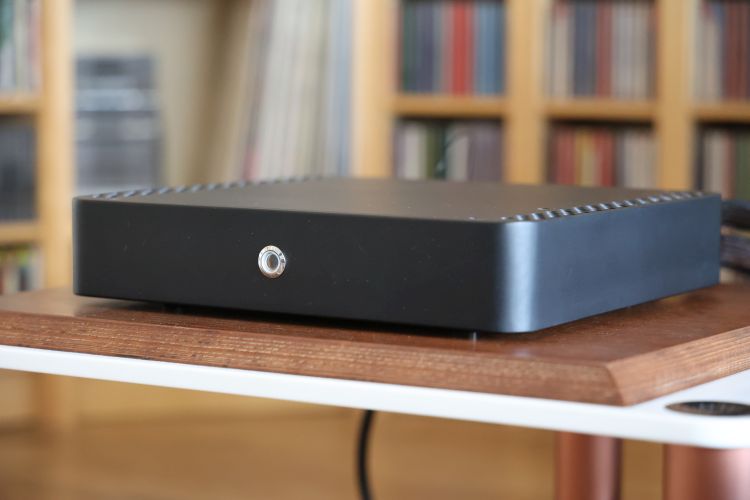
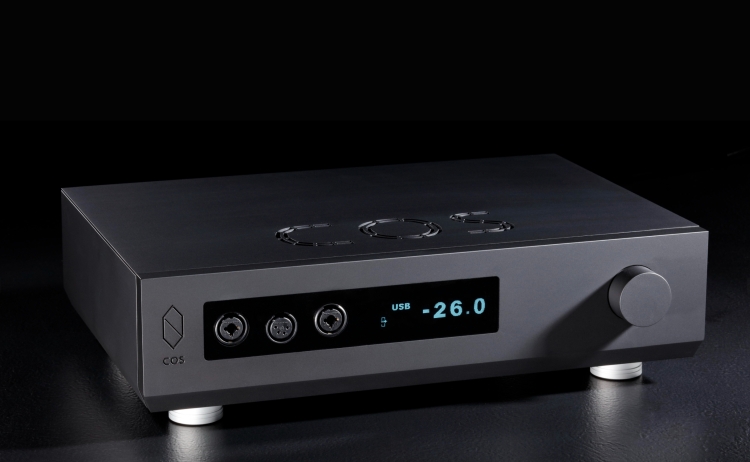
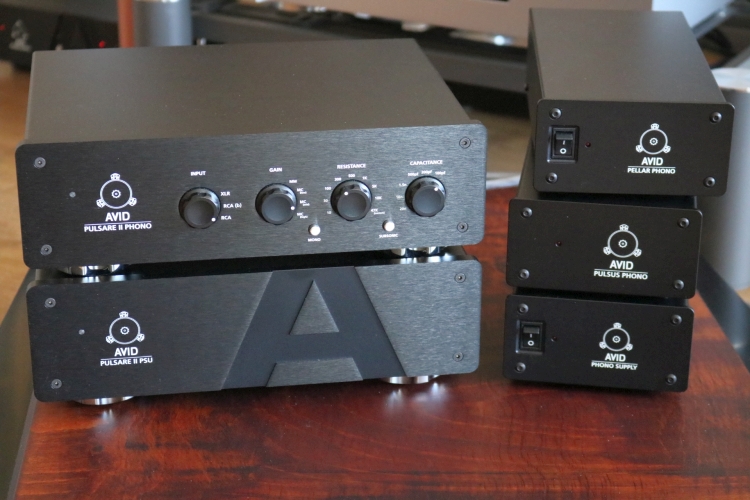
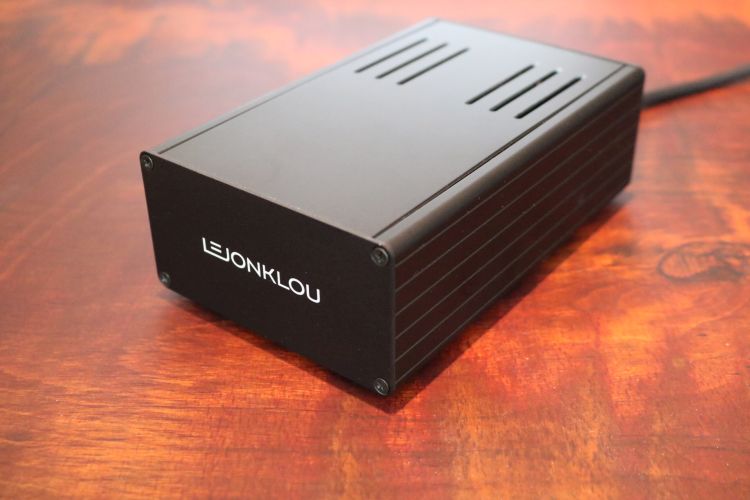
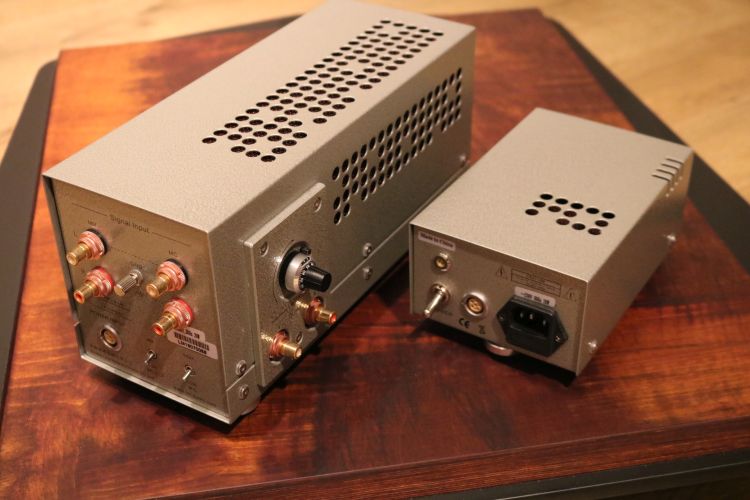
Hi Christiaan, any further updates on the use of better power supplies for these two phono stages?? Thanks Luke
I have a review round 2 in the works using a new Thorens turntable with TP 160 tonearm and two different cartridgesm which will be published soon. It re-assesses the standard versus Topping PSU, and reaches an updated (very positive) conclusion, but alas, I do not have the Manunta or M2Tech PSUs.
HI Christiaan, I have acquired the Van Der Graaf Mk2 power supply for the Nash ( Nagra VPS is now hardly ever used). Played through an Audio GD master 1, Nuprime amg sta se and Wolf Son speakers I must say compared with its standard power supply its not night and day. I had to go back a few times to be clear about the advantages of the VdG power supply. However the improvements I hear are 1) slightly more detail due to a slightly blacker background, 2) better bass control and better defined pitch 3) more clarity and separation throughout 4) the music is now present as a whole coherent force rather than as individuals playing individually. Downside is that a little bit of tonal warmth and solidity is given up for this compared to the original power supply. I guess for me 2 and 4 win the day but I could still happily live with the original power supply!!
Thank you for sharing your impressions! I had a similar experiences between stock switched supply and the Topping P50. Whereas the difference between the two was very large with the Manunta, the differences was indeed much smaller with the M2Tech. However, in my case, the Topping did worse with the latter than the standard supply, especially in terms of control and articulation. If the Van Der Graaf Mk2 has better control, pitch, clarity, and detail, I would call that a big win, and definitely something to check out for myself! PS, the “loss” of a little warmth as you describe it may well be the omission of the blur/haze of the switched supply. In effect, I think it has less coloration with the upscale supply. In any case, I agree, the Nash is great, even with the standard supply.
Hi Christian, can I just take this opportunity to thank you for all your brilliant and honest reviews. Each time I buy one of your recommended products I am blown away. I am not young and aware of how most reviews need to be taken with a pinch of salt -but not yours!! My latest addition was the Mad Scientist jumper cables for my Wolf Sons…. wow what a difference over the stock cables, completely transformed the speakers!! I acquired quite cheaply some used Audio Gd 2H monoblocks and again I can only say i was blown away by the sound and the accuracy of your review. What a bargain. Both Foilflex and Driade Fluid have put to rest all cables that came before them. I don’t know where to stop!!! Thank you so much. Please continue this great work you are such a breath of fresh air after following hifi for 40 years and I am not the only one saying this.
Hi Luke, thank you so much for the great feedback!